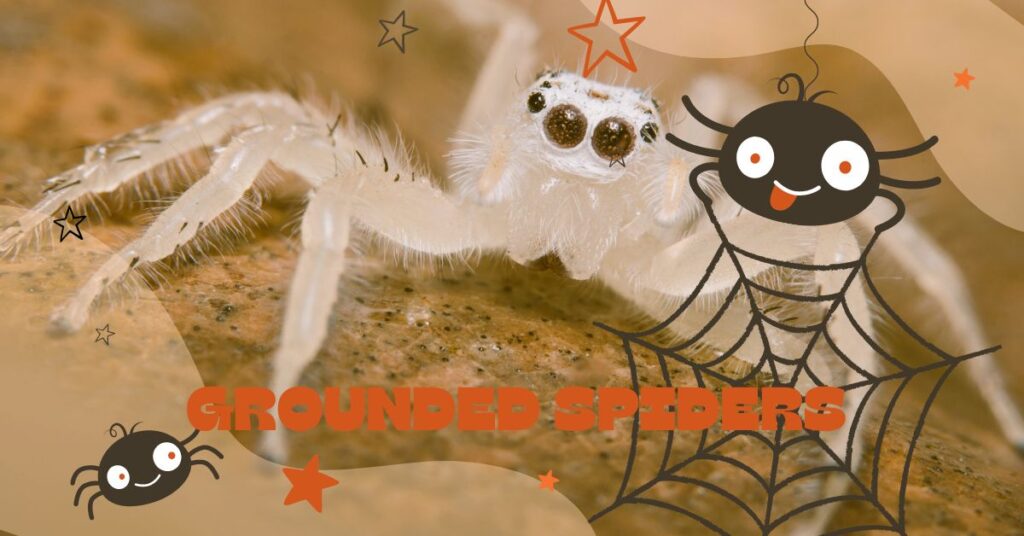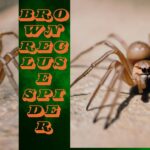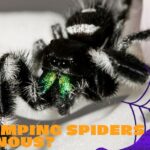At the point when we consider Spiders, our brains frequently summon pictures of those that weave complex networks toward the sides of our homes or quietly tail their prey in nature. Nonetheless, there exists a less popular yet similarly captivating classification: grounded Spiders. These animals, frequently neglected in the Spiders world, have mysteries and ways of behaving that challenge our typical discernments. In this far reaching guide, we’ll dive into the universe of grounded Spiders, uncovering what you never had some awareness of these puzzling animals.
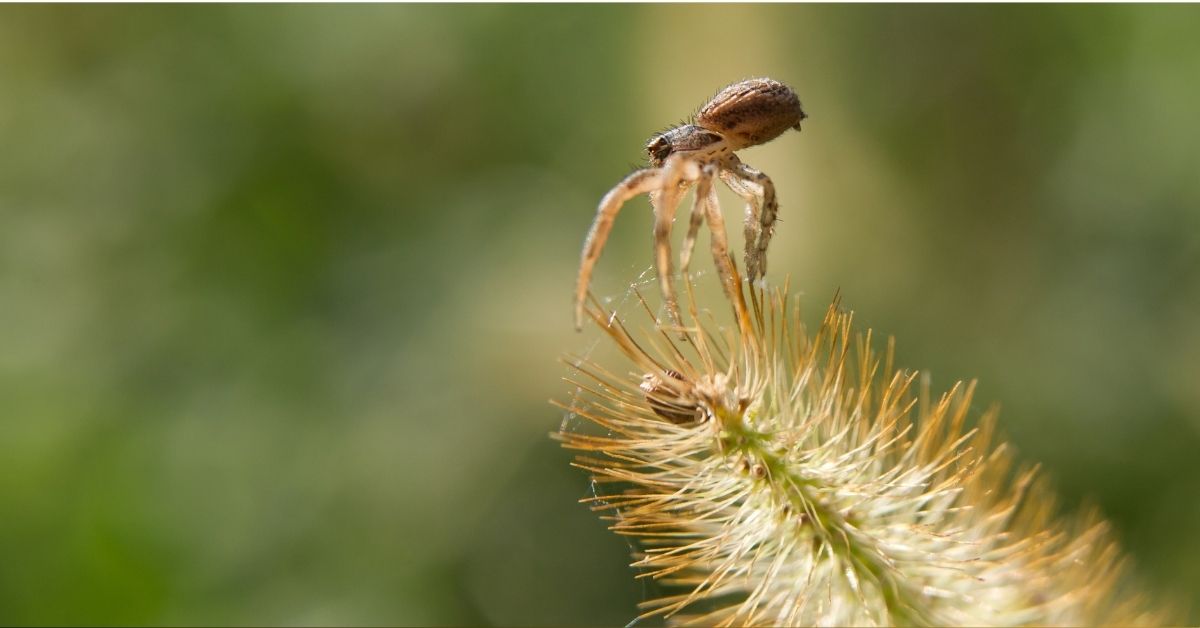
What Are Grounded Spiders?
- Grounded Spiders, as the name proposes, are bugs that live fundamentally on the ground as opposed to in networks suspended in the air. They display exceptional ways of behaving and variations that put them aside from their arboreal partners. To genuinely divulge the mysteries of grounded insects, we should investigate their territories, taking care of propensities, and conceptive ways of behaving.
Key Qualities of Grounded Spiders
Appearance and Size
- Grounded Spiders arrive in different shapes, sizes, and varieties, frequently adjusted to their earthly surroundings. Dissimilar to web-winding around insects, many grounded bugs have advanced highlights that assist them with mixing into their environmental elements. Some are disguised to emulate the presence of soil or leaf litter, furnishing them with regular insurance against hunters.
Natural surroundings Inclinations
- Grounded Spiders normally favor living spaces like backwoods floors, prairies, and even deserts. Their ground-staying nature implies they frequently conceal under logs, shakes, or leaf litter. Understanding their favored living spaces helps in uncovering the mysteries of grounded bugs, as it uncovers how they connect with their current circumstance.
Taking care of Propensities and Diet
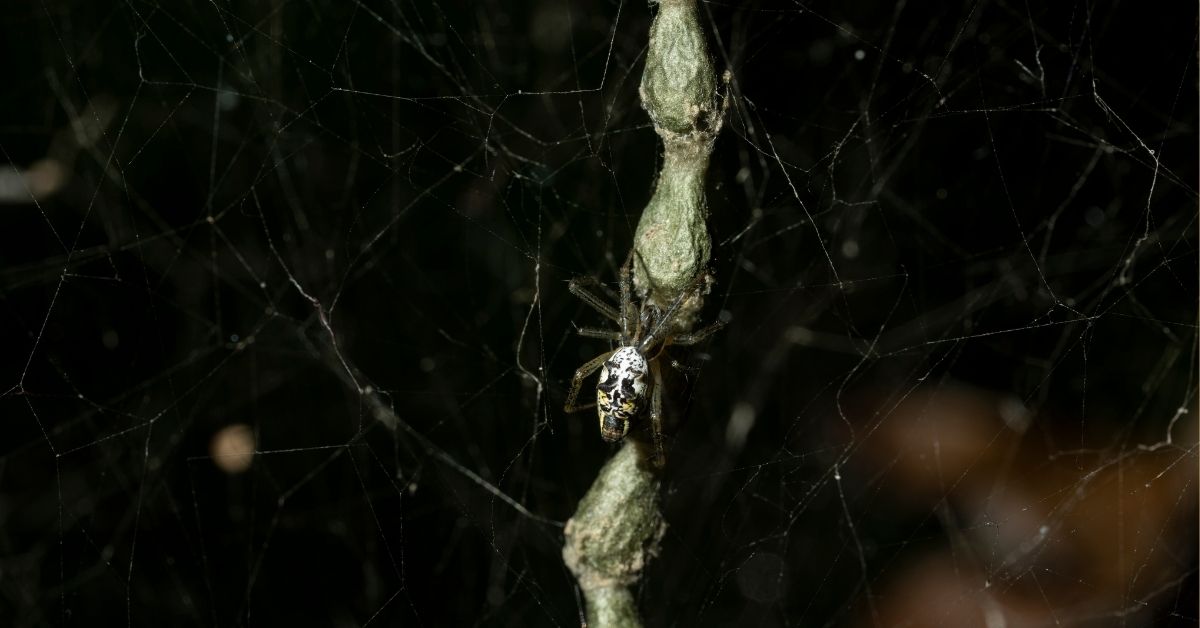
- Grounded Spiders have advanced different taking care of procedures relying upon their current circumstance and prey accessibility. Dissimilar to website designers, many grounded insects are dynamic trackers that depend on speed and deftness to catch their prey. They could benefit from bugs, little arthropods, or much different insects.
Hunting Procedures
- Grounded Spiders utilize a few hunting methods, including ambushing and dynamic pursuit. Some are known to dig tunnels or conceal in trap, trusting that clueless prey will come close. This conduct is vital for understanding the different procedures utilized by these insects and how they adjust to their environmental elements.
Dietary Variations
- The eating routine of grounded Spiders can fluctuate broadly. In supplement unfortunate conditions, they might display specific taking care of ways of behaving, for example, searching or consuming a more extensive scope of prey. This dietary adaptability highlights the versatility of grounded bugs and their capacity to flourish in various conditions.
Multiplication and Life Cycle
- Grounded Spiders show captivating conceptive ways of behaving, frequently customized to their particular surroundings. Their life cycles can change, however normal stages incorporate egg, adolescent, and grown-up stages. The regenerative systems of grounded bugs are basic to grasping their endurance and achievement.
Mating Customs
- Mating customs among grounded Spiders can be intricate and different. A few animal varieties perform complex romance moves or show visual signs to draw in mates. Noticing these customs gives understanding into the social ways of behaving and developmental transformations of these Spiders.
Egg Sac and Advancement
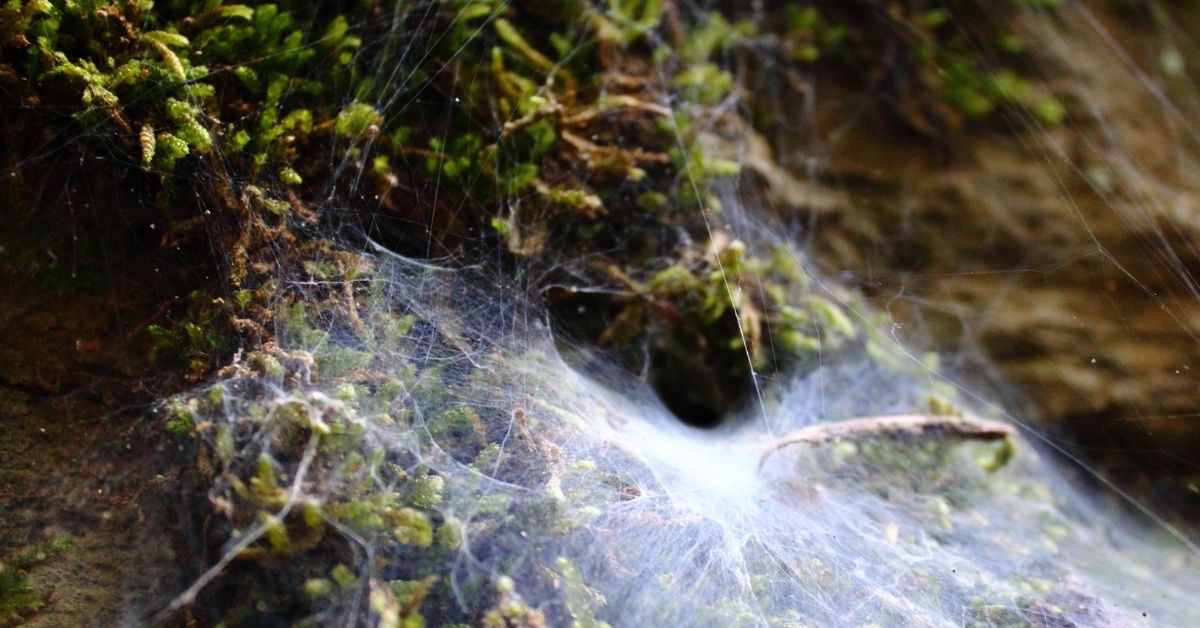
- Female grounded Spiders commonly lay their eggs in defensive sacs, which they might monitor or conceal in secure areas. The advancement of spiderlings inside the egg sac and their ensuing development are basic stages in the existence cycle. This interaction features the regenerative methodologies that guarantee the endurance of grounded Spiders species.
Transformations for Endurance
- Grounded Spiders have fostered various transformations to flourish in their earthly surroundings. These transformations include different parts of their physiology, conduct, and connections with their environmental factors.
Disguise and Camouflage
- Many grounded Spiders have advanced modern disguise strategies that assist them with mixing into their surroundings. This cover can include copying regular components like soil, shakes, or leaf litter. Such variations upgrade their possibilities keeping away from hunters and further developing their hunting achievement.
Guard Systems
- Grounded Spiders utilize different guard systems to safeguard themselves from hunters. A may utilize their readiness to get away from dangers rapidly, while others depend on toxin or actual obstructions. Understanding these safeguard techniques reveals insight into how grounded bugs keep up with their situation in the biological system.
Normal Types of Grounded Spiders
- A few types of grounded Spiders are known for their exceptional qualities and ways of behaving. By investigating these species, we can additionally uncover the privileged insights of grounded insects and value the variety inside this gathering.
The Wolf Bug
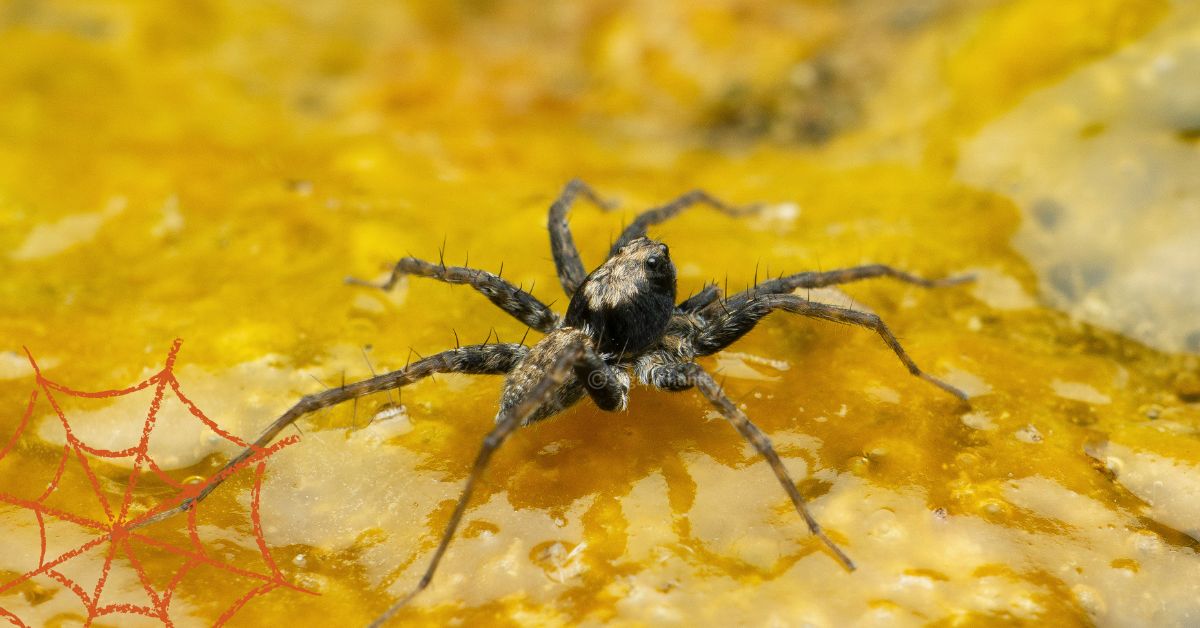
- Wolf bugs are among the most notable grounded insects. They are strong trackers that utilization their amazing vision to track and catch prey. Their capacity to run quickly and their single nature make them interesting subjects for study.
The Pipe Weaver
- Pipe weavers make unmistakable channel formed networks that they use to trap prey. While they don’t effectively chase like wolf bugs, their ground-based networks are a successful method for catching bugs that meander excessively close.
The Hidden entryway Insect
- Hidden entrance bugs are known for their tunneling conduct. They develop elaborate tunnels with a disguised secret entryway that they use to snare prey. This conduct is a great representation of how grounded bugs have adjusted their hunting strategies to their current circumstance.
Biological Significance of Grounded Bugs
- Grounded bugs assume a critical part in their biological systems. Their presence helps control bug populaces, adding to the equilibrium of different biological frameworks. They likewise act as prey for bigger hunters, in this manner coordinating into the food web.
Bug Control
- By benefiting from bugs and other little arthropods, grounded insects assist with controlling nuisance populaces. This regular nuisance control is indispensable for keeping up with the wellbeing of environments and diminishing the requirement for synthetic pesticides.
Biodiversity Markers
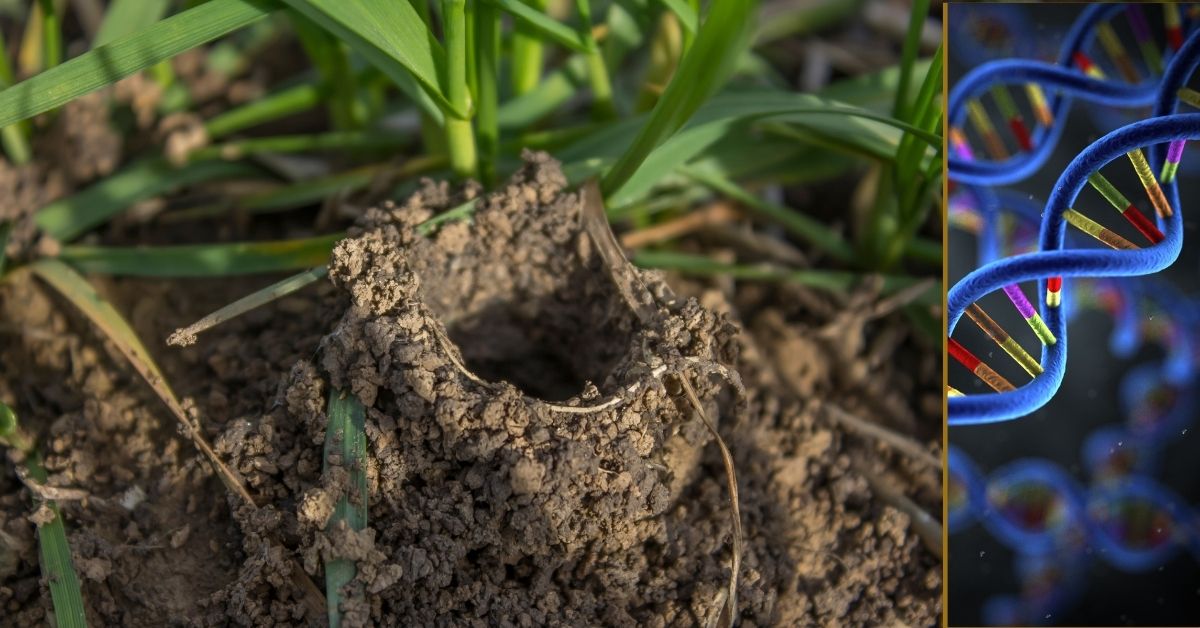
- The presence and variety of grounded insect species can demonstrate the soundness of an environment. Changes in bug populaces might reflect shifts in ecological circumstances, giving important bits of knowledge to preservation endeavors.
Interesting Realities About Grounded Insects
To divulge the mysteries of grounded bugs, featuring probably the most captivating parts of their lives is fundamental:
- Life expectancy: Many grounded insects have somewhat short life expectancies, going from one to two years. In any case, a few animal varieties can live longer under ideal circumstances.
- Toxin: While most grounded insects are not perilous to people, some have toxin that can immobilize prey. Understanding the venomous capacities of various species is vital for both wellbeing and logical exploration.
- Tangible Capacities: Grounded insects depend vigorously on their tactile capacities, including contact and vibrations, to distinguish prey and explore their surroundings.
READ MORE ABOUT: “Ground Spiders: Identifying, Understanding, and Managing These Common Spiders”
READ MORE ABOUT: #1Spider and Ground Bee Killer: Effective Solutions for Pest Control
FAQs
Are Australian ground Spiders noxious?
- Australian ground insects are not commonly viewed as perilous to people. While these insects really do have toxin, it is regularly not unsafe to individuals. Most Australian ground bugs utilize their toxin principally to curb their prey, which incorporates bugs and other little arthropods. Nonetheless, likewise with any bug chomp, it’s generally savvy to practice mindfulness and look for clinical exhortation assuming you experience surprising side effects or a hypersensitive response. The different and entrancing universe of Australian ground bugs is a demonstration of nature’s resourcefulness, displaying the sensitive harmony among risk and magnificence in the 8-legged creature domain.
What in all actuality do ground Spiders eat
- Ground bugs fundamentally devour an eating regimen of bugs and other little arthropods. Their feasts frequently incorporate subterranean insects, scarabs, and flies, which they handily catch utilizing their dexterous hunting strategies. These bugs are skilled trackers, depending on their sharp faculties to recognize and hold onto prey. By consuming different little animals, ground bugs assume a fundamental part in controlling bug populaces, adding to a fair environment. Their ruthless nature features their significance in keeping up with biological amicability, making them captivating and important occupants of the normal world.
Ground Spiders in house
- Finding ground bugs in your home is very normal and for the most part innocuous. These bugs frequently look for cover inside, particularly in calm, undisturbed regions like cellars, storage rooms, or under furnishings. They are ordinarily valuable, as they assist with controlling indoor bug populaces by going after bugs. While their presence may be disrupting, ground bugs seldom represent a danger to people. They are bound to withdraw than to become forceful. Embracing their job as regular irritation regulators can assist you with valuing these charming 8-legged creature as a component of a decent home biological system.
Kinds of ground SpidersÂ
- Ground bugs arrive in a great exhibit of types, each with special qualities. Striking models incorporate the dexterous wolf insects, known for their noteworthy hunting abilities and sharp vision. Pipe weavers make unmistakable channel formed networks on the ground, successfully catching their prey. Hidden entryway bugs are captivating for their tunneling propensities, developing covered ways to snare clueless bugs. These different bugs each assume an essential part in their biological systems, displaying nature’s mind blowing assortment and versatility. Understanding these sorts of ground insects uncovers the multifaceted excellence and intricacy of the regular world right underneath our feet.
Ground Spiders chomp
- Ground insect chomps are normally gentle and seldom hurt. These bugs for the most part nibble just in safeguard when compromised, and their toxin is generally not destructive to people. A chomp might bring about minor disturbance, redness, or expanding, like a mosquito nibble. Assuming you experience more serious side effects or an unfavorably susceptible response, looking for clinical attention is prudent. Ground bugs are by and large modest and really like to keep away from human contact, making them interesting however generally safe animals. Their nibbles are a sign of the fragile equilibrium in nature and the job these bugs play in controlling bug populaces.
End
- Disclosing the privileged insights of grounded insects uncovers a universe of interesting ways of behaving and transformations. These animals, however frequently neglected, assume critical parts in their environments and display captivating attributes. By understanding their special characteristics and natural significance, we gain a more profound appreciation for these confounding 8-legged creature. Whether you’re an insect devotee or essentially inquisitive about the normal world, investigating the existences of grounded bugs offers significant bits of knowledge into the variety and intricacy of life on The planet.
